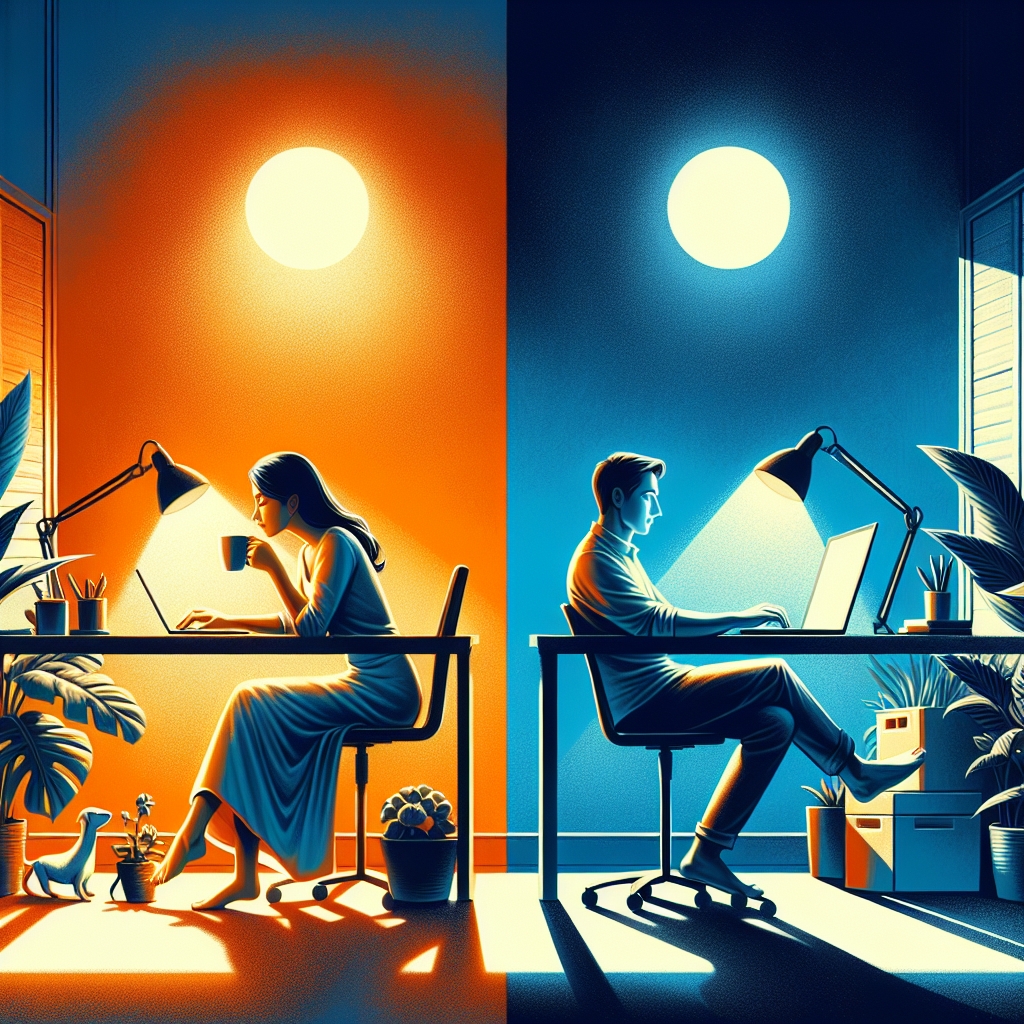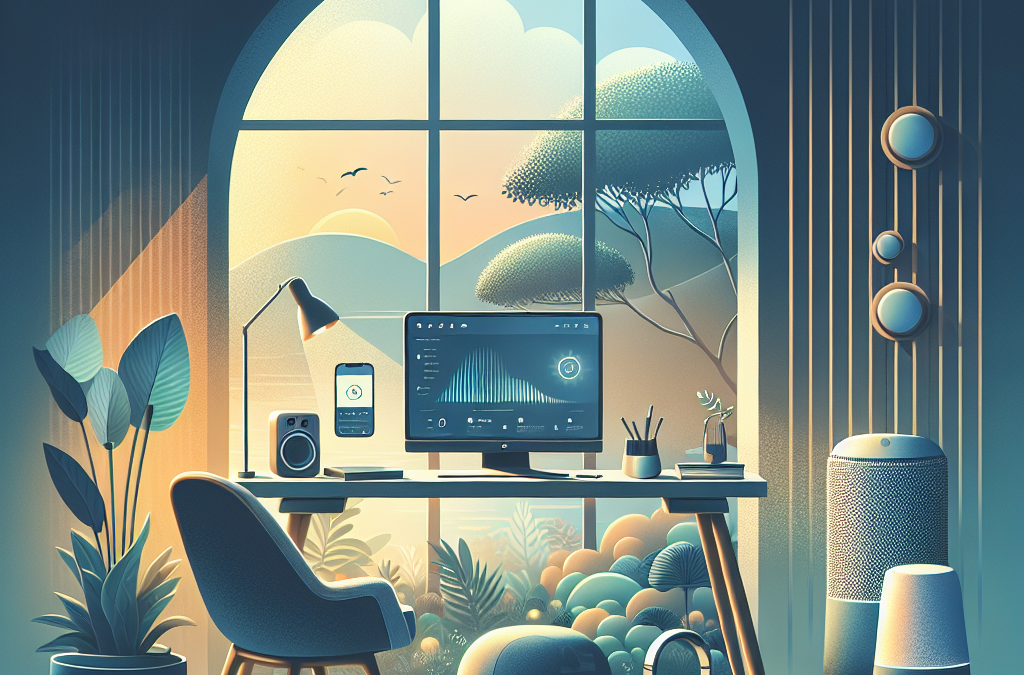Relaxation Technology for Remote Workers: Staying Calm at Home
In today’s digital age, more and more people are embracing the remote work lifestyle. While working from home offers incredible flexibility and comfort, it can also blur the lines between professional and personal life, leading to stress and burnout. Fortunately, technology is here to help. Let’s explore how relaxation technology can aid remote workers in maintaining calm and balance while working from home. ?
Table of Contents
1. Introduction
2. Why Relaxation is Important for Remote Workers
3. Top Relaxation Technologies for Remote Workers
4. How to Integrate Relaxation Technology into Your Routine
5. Conclusion
6. FAQs
Introduction
Remote work has revolutionized the way we approach our careers. However, without the structured environment of an office, it can be challenging to maintain a work-life balance. This is where relaxation technology comes into play. From soothing soundscapes to advanced meditation apps, technology offers a plethora of solutions to help remote workers stay calm and productive.
Why Relaxation is Important for Remote Workers
Relaxation isn’t just a luxury; it’s a necessity. When you work from home, the stressors of both work and home life can merge, leading to increased anxiety and decreased productivity. Prioritizing relaxation helps mitigate these issues, allowing you to recharge and refocus.

Moreover, relaxation techniques can boost creativity, improve decision-making skills, and enhance overall well-being. By integrating relaxation into your daily routine, you can ensure a healthier, more balanced work-from-home experience.
Top Relaxation Technologies for Remote Workers
Meditation and Mindfulness Apps
Meditation apps like Headspace and Calm offer guided sessions that can easily fit into a busy schedule. These apps provide tailored sessions for stress reduction, focus enhancement, and even sleep improvement. By dedicating just a few minutes a day, you can significantly improve your mental clarity and emotional well-being.
White Noise and Sound Machines
For those who find background noise distracting, white noise machines or apps like Noisli can be a game-changer. These technologies create a soothing auditory environment, helping to drown out unwanted sounds and improve concentration. Whether you prefer the sound of rain, ocean waves, or simple static noise, there’s a solution for everyone.
Smart Lighting
Lighting can have a profound impact on mood and productivity. Smart lighting systems, such as Philips Hue, allow you to adjust the brightness and color temperature of your workspace to suit your needs. Warm, dim lighting can aid relaxation, while bright, cool lighting can enhance focus and alertness.
Wearable Stress Trackers
Devices like the Fitbit or the Apple Watch can monitor your stress levels through heart rate variability and provide you with actionable insights. These wearables often include breathing exercises and reminders to move, helping you stay mindful of your stress levels throughout the day.
How to Integrate Relaxation Technology into Your Routine
Integrating relaxation technology into your daily routine doesn’t have to be complicated. Start by identifying your stress triggers and choosing the technology that best addresses your needs. Schedule regular breaks to use these tools, ensuring they become a seamless part of your workday.
Consider setting up a dedicated relaxation space in your home, equipped with your chosen technologies. This can be a corner with a comfortable chair, a soft light, and your favorite sound machine. Over time, visiting this space can become a cue for your body to unwind and de-stress.
Conclusion
Relaxation technology offers remote workers a powerful ally in the quest for balance and tranquility. By leveraging these tools, you can create a healthier work environment that promotes well-being and enhances productivity. Remember, the key to a successful remote work experience lies in maintaining a balance between work demands and personal care. ?
FAQs
Q: How often should I use relaxation technology during the workday?
A: It’s beneficial to incorporate relaxation techniques into your routine at least once or twice a day. Short, regular breaks can help maintain focus and reduce stress.
Q: Can relaxation technology help with sleep issues?
A: Yes, many relaxation technologies offer features specifically designed to improve sleep quality, such as guided meditations and soothing soundscapes.
Q: Are there any free relaxation apps available?
A: Absolutely! Apps like Insight Timer and Relax Melodies offer free versions with a wide range of features. It’s a great way to explore what works best for you without a financial commitment.
Q: How do I know which relaxation technology is right for me?
A: Consider your personal preferences and stress triggers. You may need to experiment with different technologies to find what resonates most with you.
Roshiwave Meditation Mind Machine
Add CTA sections description.

